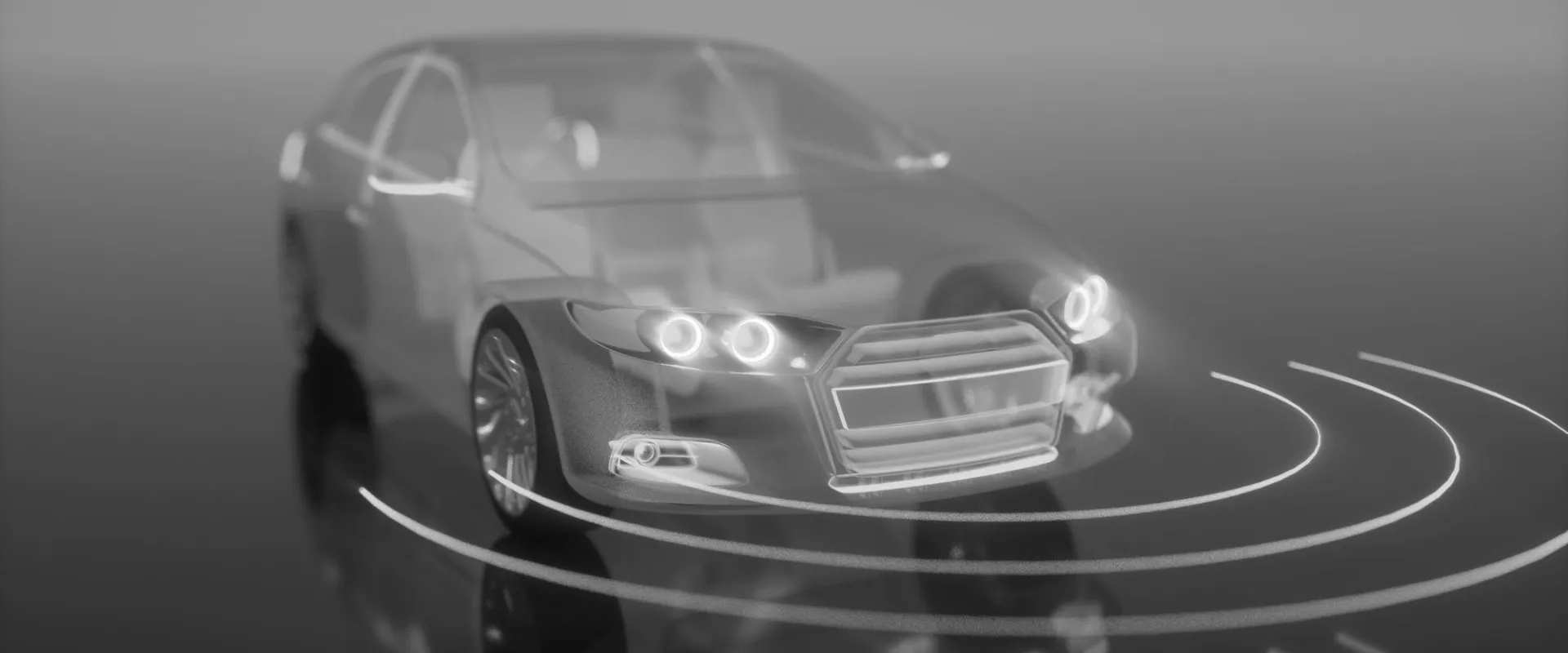
Will 140 GHz automotive radar be ready by 2030?
Advanced radar chips will bring about massive improvements in traffic safety. After all, it’s impossible to imagine cars with complete and reliable perception unless they combine different sensing modalities, including radar.
That’s because all sensors have their literal and figurative blind spots. Cameras, for example, can’t assess distance or relative speed directly but require algorithms to estimate depth. They also don’t function well in low-light conditions or weather circumstances that impair their vision. Lidar, still a very expensive option, also doesn’t perform optimally in rain, fog, or snow. And ultrasonic sensors are only useful at short distances.
Admittedly, radar cannot read road signs or recognize the color of traffic lights. But it has the superpower to look around corners, is extremely affordable and compact, and is unaffected by darkness or bad weather.
Finally, there’s the issue of detection accuracy of objects and road users. On this front, lidar has long been unmatched. But by moving to higher frequencies, and therefore finer resolution, radar comes very close – at a much lower cost. Hence the crucial role of 140 GHz automotive radar in future vehicles.
Higher accuracy and more
Compared to currently-used automotive radar frequencies – 60 GHz (in-cabin) and 77 GHz (environmental) – 140 GHz radar enables higher resolution for the detection of smaller objects and for improving the detection of objects at various distances and angles.

Compared to 79 GHz radar, 140 GHz achieves a much higher resolution (source: imec)
In the context of automotive applications, this perception can turn its gaze inwards as well as outwards. For example, in-cabin 140 GHz automotive radar can distinguish different persons or pets on the backseat (even when they’re under a blanket). External sensors can tell a pedestrian from a cyclist (even on a foggy day). It’s easy to think of many more examples and promising use cases.
Exceptional accuracy is not the only reason why the automotive industry is interested in 140 GHz radar. For one thing, because 60 GHz is also used for WLAN and point-to-point communication, sticking to this frequency alone could severely hamper the development of in-cabin applications.
Furthermore, a move to higher frequencies happily comes with a reduction in the size of the antennas. That’s excellent news for car designers who are wondering how to integrate an exploding number of sensors while safeguarding the sleek aesthetic that customers love.
Getting the technology ready
So, when will the first cars equipped with 140 GHz radar hit the road? First, there are quite a few hurdles to clear. The technical ones are dictated by the immutable laws of physics.
One of those laws states that, as the frequency of the radar signal goes up, the sensing range goes down – unless you add more power. This specifically poses a problem at the level of the radar chip’s front end, where components such as the antennas reside. The necessary power levels can no longer be handled by CMOS. We therefore need to move towards III-V materials, closely integrated with the rest of the chip via advanced co-packaging techniques.
The good news is that the other components of the radar chip can still be manufactured in CMOS, benefiting from its excellent power efficiency, highly scaled design, unmatched integration techniques, and – most of all – low-cost volume manufacturing.
Another problem is the fact that the signal of high-frequency radar weakens significantly when the device is placed inside the car’s bodywork. As placing the sensors on the outside is unthinkable from an aesthetic point of view, this calls for innovative material solutions.
Research into overcoming these hurdles is well underway. Other technical issues that need to be addressed include interference management, benchmarking and evaluation of semiconductor technologies, development of distributed and coherent radar architectures, and chiplet architectures for data processing.
Overall, if the investment in research doesn’t falter, it should be feasible to get 140 GHz automotive radar technically ready by 2030. But that alone doesn’t guarantee its commercial viability.
Necessary arrangements
We’ve established why the automotive industry is eager to include 140 GHz radar in its mix of advanced sensor technologies. But its global commercial introduction depends on consistent worldwide standards. And that’s not a technical but a regulatory issue.
Most importantly, global spectrum standardization is crucial to ensure widespread adoption. Advisory groups are drafting regulatory recommendations for in-cabin applications as we speak. But the pace needs to pick up if we truly want to be ready by 2030. Additionally, there need to be spectrum regulations for higher energy levels as well, to enable external sensing.
Exemplary case
It’s striking to observe how the challenges and opportunities surrounding 140 GHz radar are exemplary of those faced by the industry in general. Advanced semiconductor technologies such as high-resolution radar open doors to high-value use cases, not least advanced ADAS or even autonomous driving.
But leveraging these technologies is no longer a question of adding new hardware and software to existing designs. If car companies want to be sure complex chip technologies answer their needs, they need to get involved early in the development process. And to guarantee worldwide commercial uptake, their active participation in advancing the regulatory process will be crucial.
Most importantly, the timely advancement of technologies such as 140 GHz automotive radar is impossible without collaboration across the automotive and semiconductor industries.
It demonstrates that an initiative such as star is essential for a near future that, no matter its precise contours, offers some form of safe, smart, and affordable mobility for everyone.